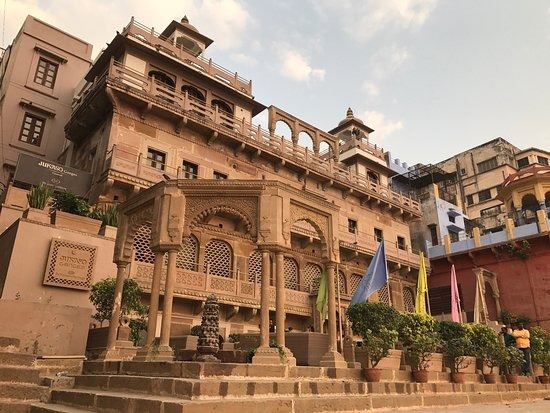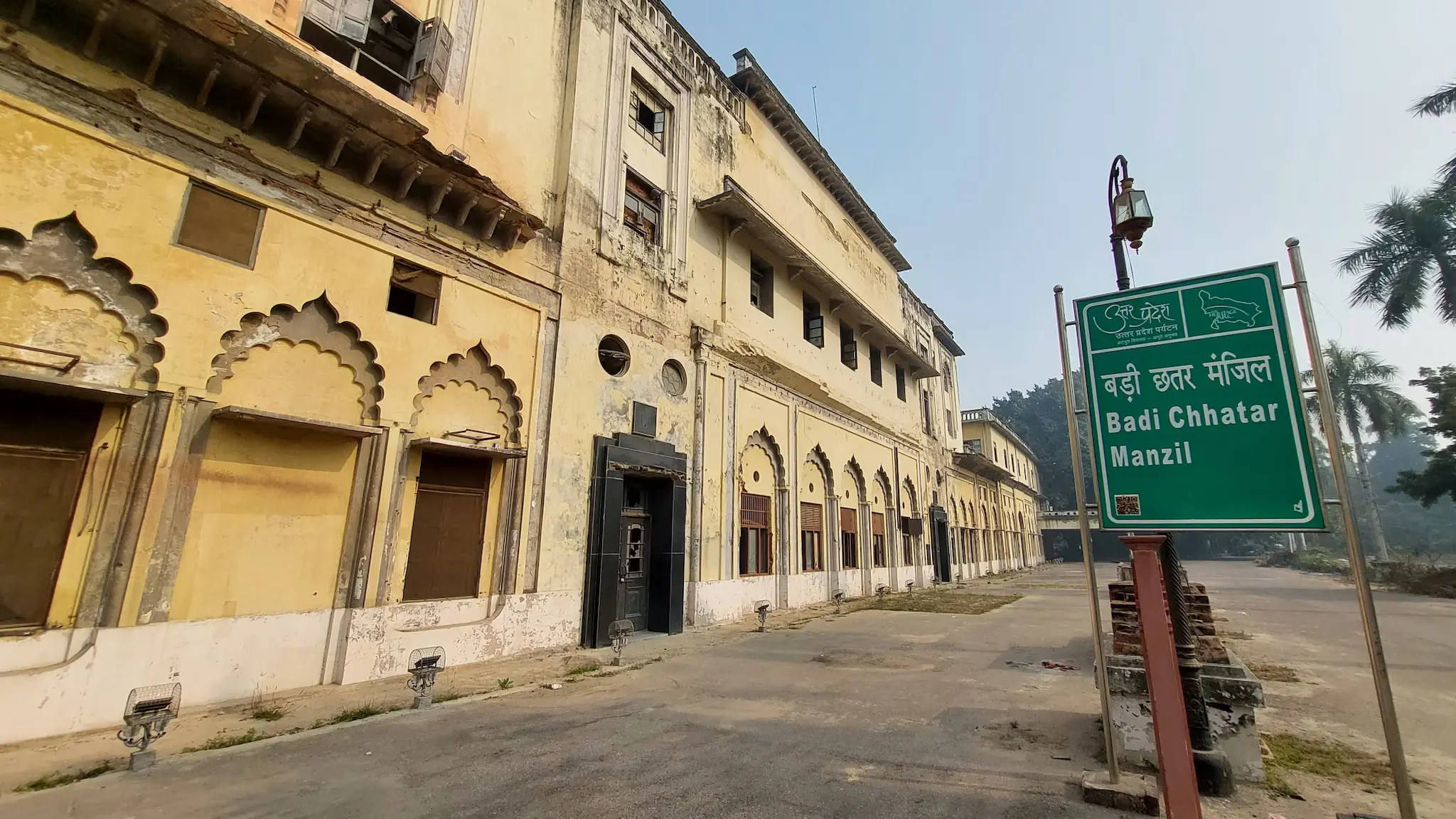Nine Heritage Hotels : Establishing Uttar Pradesh’s Initiative
The government of Uttar Pradesh is embarking on a plan to create a series of luxury five-star heritage hotels, replete with top-tier amenities, within nine historical palaces and forts situated across the state. This ambitious endeavor seeks to revitalize the tourism sector, foster job opportunities for the younger generation, invigorate rural tourism and cultural experiences, and stimulate the overall economy.
This innovative approach not only entails the restoration of these valuable heritage assets but also holds the promise of generating both direct and indirect employment prospects for the youth within the realm of tourism. Furthermore, it envisions a transformation in the economic landscape of rural tourism, cultural preservation, and local development.
The Uttar Pradesh Tourism Department is gearing up to transform several historic properties into heritage hotels, including the likes of Chattar Manzil in Lucknow, Chunar Fort in Mirzapur, Barua Sagar Fort in Jhansi, Kothi Gulistan-e-Iram, Kothi Darshan Vilas, and Kothi Roshan in Lucknow, Barsana Water Palace in Mathura, Shukla Talab in Kanpur, and Tikait Rai Baradari in Bithoor.

The government has divided this initiative into three distinct categories, each requiring a minimum proposed investment of Rs 180 crore.
As outlined by a spokesperson, the Tourism Department is poised to develop a range of facilities within these heritage properties, including wellness centers, heritage hotels, resorts, museums, heritage and boutique restaurants, banquet halls, wedding and adventure tourism services, homestays, thematic parks, and other hospitality units.
This comprehensive proposal is presently under active consideration within the tourism industry.
Leading hotel chains, such as Leela Hotels, Neemrana Hotels, Indian Hotels Company (Taj Hotels), Mahindra Hotels and Resorts, Oberoi Hotels, The MRS Group and Resort, Lalit Hotels, Hyatt Regency, Sarovar Hotels and Resorts, Accor Group, THF Hotels, Langer Hotels, Royal Orchid Hotels, Ramada Hotel, Clark Hotels, and Bridgman Groups of Hotels, have demonstrated their interest in participating through the Expression of Interest (EOI) process. Notably, around 41 heritage-focused entrepreneurs had previously engaged with the Tourism Department to express their enthusiasm for these heritage structures a few months ago.
Moreover, the Tourism Department has undertaken an extensive study of heritage buildings in five other states — Madhya Pradesh, Maharashtra, Karnataka, Kerala, Odisha, and Rajasthan — to inform their approach.
Mukesh Meshram, the Principal Secretary and Director General of Tourism, has confirmed that the selection of the project’s winning bidder will hinge on a combination of quality and cost-based assessment. In light of this, well-defined criteria and responsibilities pertaining to the conservation of these heritage buildings have been established.
These directives encompass maintaining the architectural integrity of these historical structures, refraining from altering their original forms, aligning the utilization of the buildings with their mythological and historical significance, erecting informative signage that delves into the heritage building’s history, and celebrating local culture, cuisine, arts, clothing, and traditional practices. Additionally, developers are expected to contribute to the development of nearby villages through Corporate Social Responsibility (CSR) initiatives and ensure employment opportunities for 25 percent of the local population.
Meshram has reiterated that the evaluation of the winning bidder will be founded on a rigorous assessment of quality and cost considerations.






